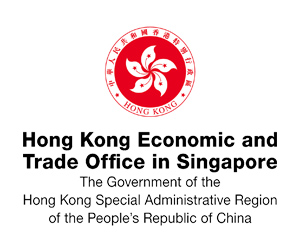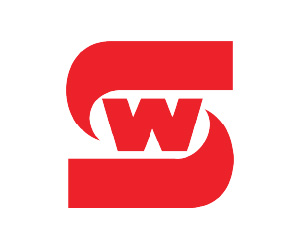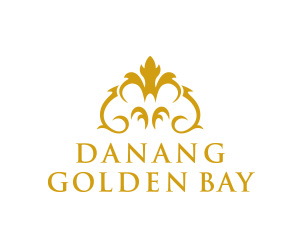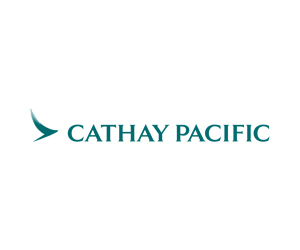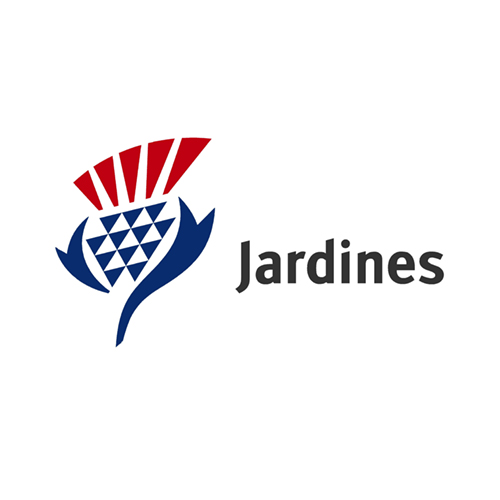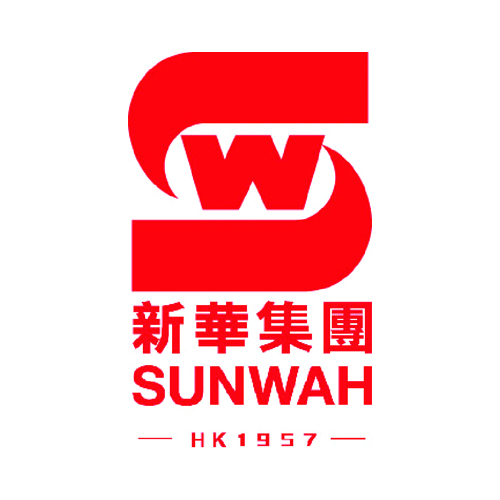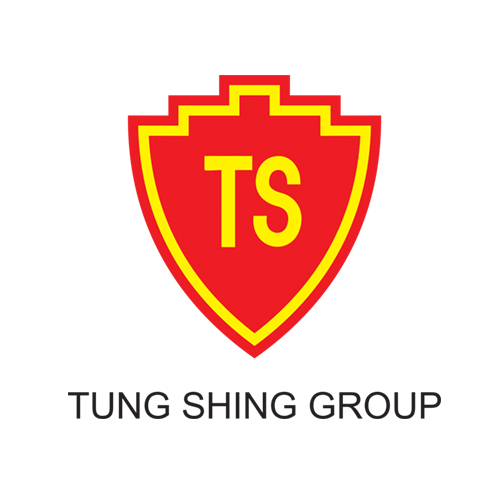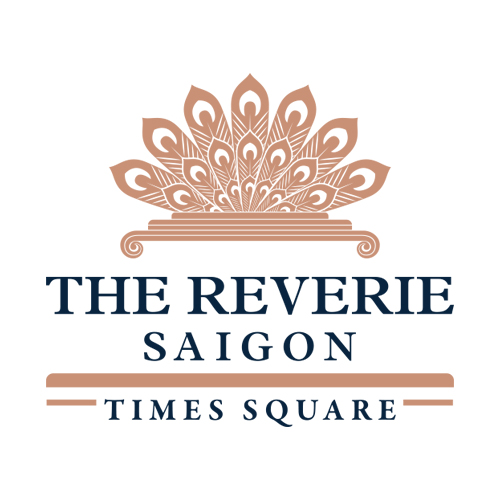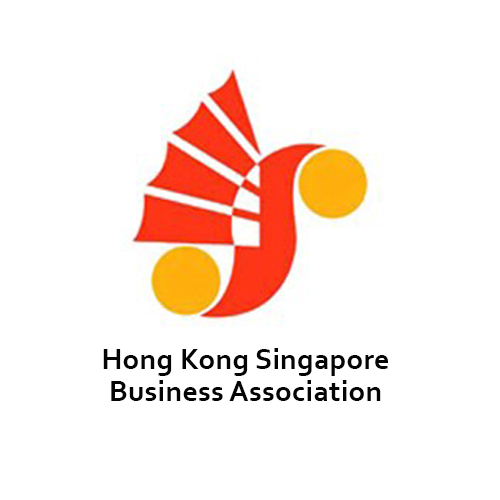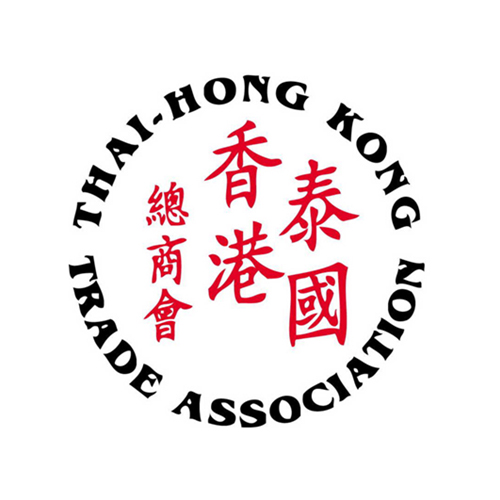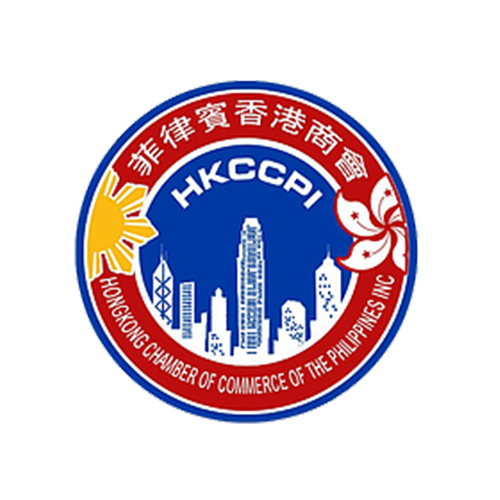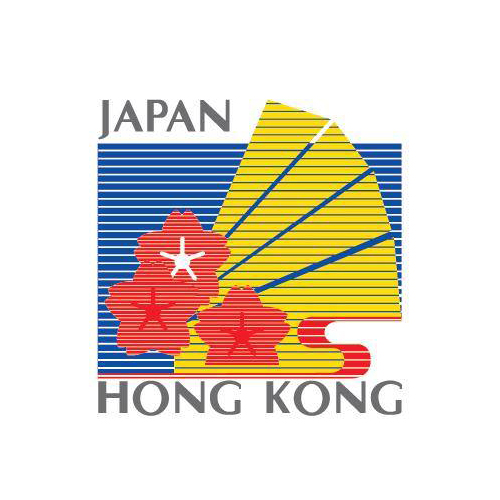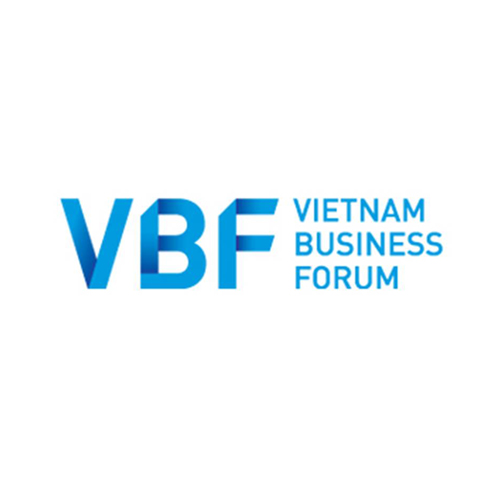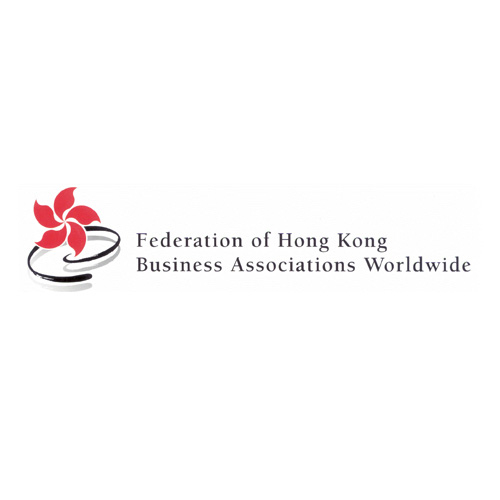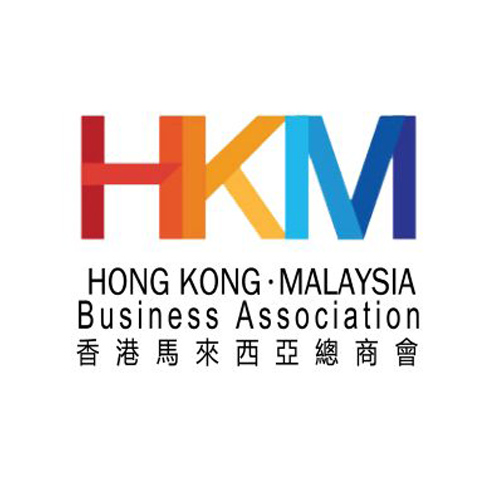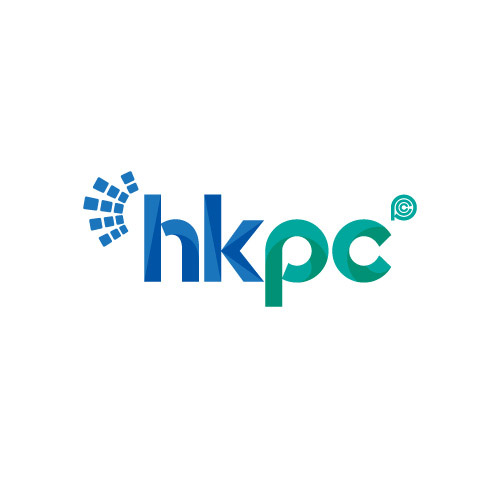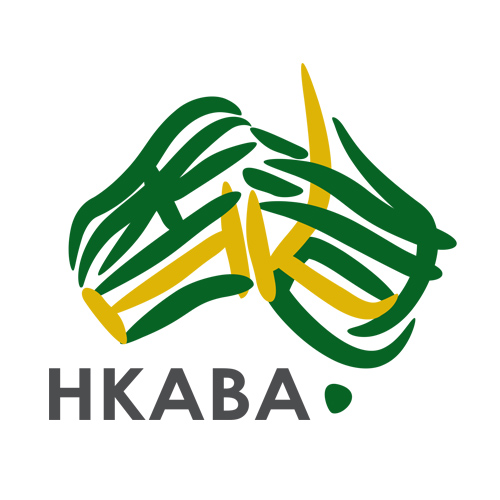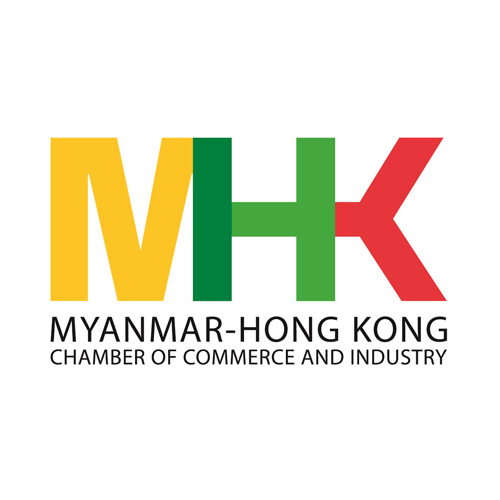Want to be in the loop?
subscribe to
our notification
Business News
REDUCING IMPORTED RAW MATERIAL DEPENDENCE IN LEATHER & FOOTWEAR INDUSTRY
A major challenge for Vietnam's leather and footwear industry is its heavy reliance on imported raw materials like leather, synthetic materials, fabrics and accessories, despite ongoing efforts to boost local sourcing.
Challenges in sourcing raw materials
According to the Vietnam Leather, Footwear, and Handbag Association (LEFASO), the localization rate for leather and footwear products has improved from 40% a decade ago to 55% today, with sports shoes at 70-80% and canvas shoes nearly 100% locally sourced.
Although there are 129 companies making raw materials, only about 20 can provide high-quality materials. This means manufacturers rely heavily on imports, which makes it hard to get orders and manage the supply chain.
China remains the largest supplier of raw materials to Vietnam's leather and footwear industry, accounting for about 35%, followed by Thailand (11.8%) and Italy (10.3%). Vietnamese companies also import leather from the United States, South Korea, and other markets, but the volume from these sources remains relatively low.
Nguyen Van Khanh, Vice Chairman of the Ho Chi Minh City Leather and Footwear Association, emphasized that although the development of the leather and footwear supporting industry has been talked about for a long time, it hasn't yet met the expectations of the government, businesses, and manufacturers. He suggested that a more extensive and long-term solution is needed.
Long-term solutions
Building a strong domestic supply chain for raw materials is essential for Vietnam. This demands substantial investment in technology, infrastructure, and human resources. Businesses should collaborate to create specialized industrial zones for producing high-quality leather, synthetic materials, and other key inputs. Enhancing domestic production can cut import dependence, stabilize costs, and help meet global quality standards.
Vietnamese companies should focus on developing new, sustainable materials that meet international standards while reducing environmental impact. This could involve research and development (R&D) partnerships with universities, investment in eco-friendly technologies, and the adoption of circular economy principles. By positioning themselves as leaders in sustainable production, Vietnamese manufacturers can access premium markets and command higher prices for their products.
LEFASO highlighted that as Vietnam's leather and footwear sector moves toward producing higher-end products, it will need to invest in new technologies and high-quality materials. To meet these demands, domestic companies must innovate and upgrade their production capabilities, particularly by adopting clean energy and green technologies that align with EU standards.
LEFASO proposed that the government support the creation of specialized industrial zones for making supporting materials for the leather and footwear industry. These zones would focus on eco-friendly production and centralized manufacturing, supporting the industry with the right policies and mechanisms.
To achieve a closed-loop production chain for the sector, strategies should focus on supporting domestic companies, helping them withstand global market fluctuations and avoid exploitation by foreign investors who might use origin rules to gain export benefits. Increasing the localization rate and developing the supporting industry is a challenging issue for many sectors, not just leather and footwear.
Additionally, to boost the development of the supporting industry, it is crucial to build, complete, and effectively implement specialized policies that prioritize this sector.
We should keep offering low interest rates to support industry businesses, focus on improving the domestic value chain, and encourage connections between Vietnamese companies, multinational corporations, and both local and foreign manufacturers.
By concentrating on these efforts, Vietnam can strengthen the development of its leather and footwear supporting industry, aligning with global trends and securing a strong position in the international market.
Source: VCCI
Related News
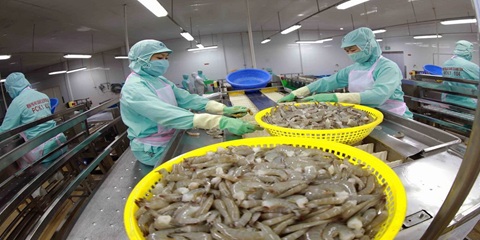
VIETNAM’S SEAFOOD EXPORTS HIT OVER US$10 BILLION IN JAN-NOV
Seafood export revenue in November alone amounted to nearly US$990 million, up 6.6% year-on-year. Key product groups posted solid gains. Shrimp exports rose 11.7% to over US$385 million, supported by strong demand for whiteleg shrimp and lobster. Tra fish shipments increased 9.7% to almost US$197 million, while marine fish, squid, and mollusk exports maintained their recovery.

VIETNAM’S AGRO-FORESTRY-FISHERY EXPORTS HIT NEW RECORD IN JAN-NOV
Vietnam’s agro-forestry-fishery export revenue reached an estimated US$64.01 billion in the first 11 months of 2025, up 12.6% year-on-year and surpassing the full-year record of US$62.4 billion set in 2024. Agricultural exports reached US$34.24 billion, up 15% year-on-year, while livestock products brought in US$567.4 million, a 16.8% increase. Seafood exports rose 13.2% to US$10.38 billion, and forestry products earned US$16.61 billion, up 5.9%.

HANOI REPORTS RECORD-HIGH BUDGET REVENUE IN 2025
Hanoi’s budget revenue is estimated to reach VND641.7 trillion in 2025, the highest level ever recorded and nearly 25% above the revised target, according to a report by the municipal government. Data from the city’s socioeconomic performance review shows that total state budget collections in 2025 are projected to reach 124.9% of the adjusted plan and rise 24.9% from 2024, the Vietnam News Agency reported.
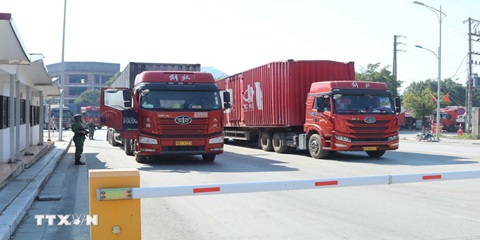
VIETNAM, CHINA TO PILOT TWO-WAY CARGO TRANSPORT AT LANG SON BORDER
Vietnam and China will launch a one-year pilot program on December 10 to allow two-way cargo transport through the Huu Nghi–Youyi Guan international border gates in Lang Son Province, reported the Vietnam News Agency. The Dong Dang-Lang Son Economic Zone Management Board said the trial aims to reduce transport costs and improve customs clearance capacity.
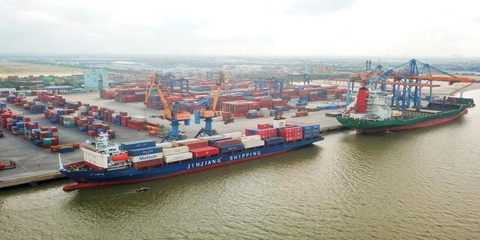
VIETNAM’S IMPORT-EXPORT VALUE NEARS US$840 BILLION IN JAN-NOV
The total value of Vietnam’s imports and exports was nearly US$840 billion between January and November this year, the highest level ever recorded, according to the National Statistics Office. In its latest report on the country’s socio-economic performance, the National Statistics Office highlighted a series of positive economic indicators, with trade emerging as one of the strongest drivers of growth.

OVER 19 MILLION INTERNATIONAL VISITORS COME TO VIETNAM IN JAN-NOV
Vietnam received more than 19.1 million international visitors in the first 11 months of 2025, a 20.9% increase year-on-year and the highest level ever recorded, according to the National Statistics Office. The figure surpasses the full-year record of 18 million arrivals set in 2019, before the Covid-19 pandemic. Nearly two million foreign visitors arrived in November alone, up 14.2% from October and 15.6% from the same period last year.
